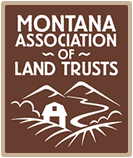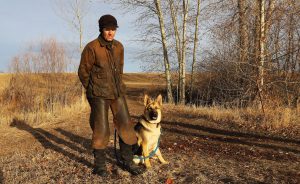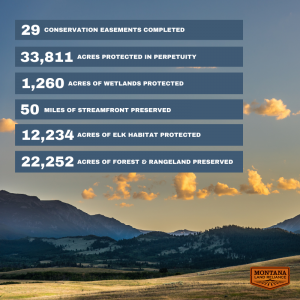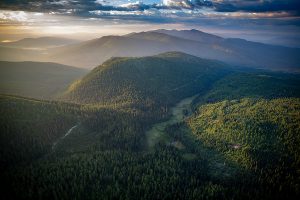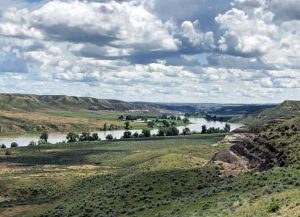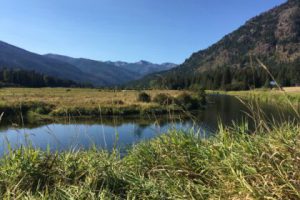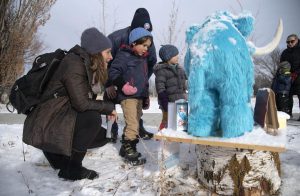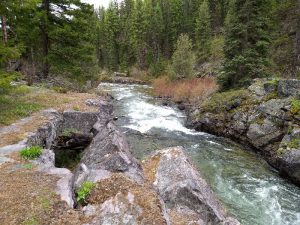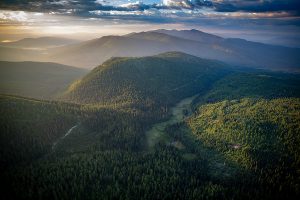Thanks to the partnership between The Laundress, musician John Mayer and the Montana Association Land Trusts, MALT has received $56,209 to distribute to the MALT membership to help fund Montana land trust 2021 conservation projects.
The funding is part of a roughly four-year collaboration among The Laundress, Mayer, and MALT in which partial proceeds (50%) from a product named “Out West” are donated to MALT and its members. The Laundress X “Out West” is a combination of two products, a specially scented laundry detergent and fabric spray. (Great products!) The $56,209 pushes total partnership donations to Montana land trusts to over $115,000.
John Mayer, world-renowned singer, songwriter and guitarist, has earned seven Grammy Awards and sold millions of records. He is also a Montana resident with a conservation commitment, and in working with The Laundress he wanted to ensure a share of the product sales benefited Montana’s open lands.
“We’re extraordinarily grateful to John and The Laundress for their partnership and support,” said MALT board president Gavin Ricklefs. “We very much look forward to continuing the partnership into the future.”
The Laundress, maker of eco-friendly and high-efficiency laundry and cleaning products, is interested in expanding sales of Out West beyond its current flagship store in New York and online sales to more retail markets and venues, which – because of increased marketing and shipping costs – will reduce the percentage of product proceeds to MALT. The corresponding increase in sales, however, may mean an actual increase in the annual donation. The Laundress and MALT are jointly working on a new contract to reflect those modifications.


